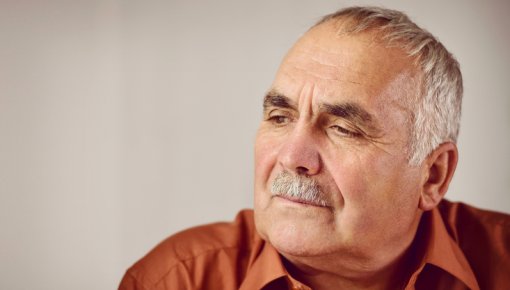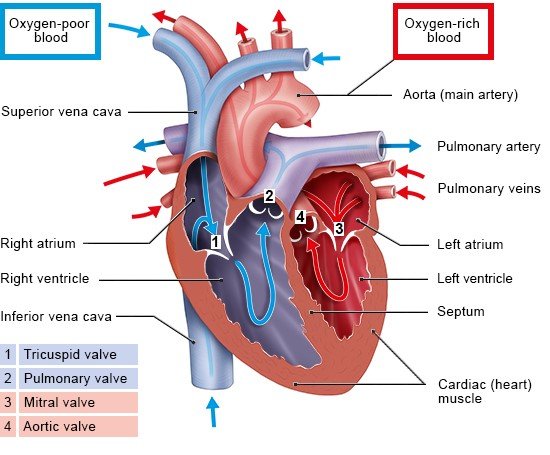Baumgartner H, Falk V, Bax JJ, De Bonis M, Hamm C, Holm PJ et al. 2017 ESC/EACTS Guidelines for the management of valvular heart disease. Eur Heart J 2017; 38(36): 2739-2791.
Berg KS, Zwisler AD, Pedersen BD, Haase K, Sibilitz KL. Patient experiences of recovery after heart valve replacement: suffering weakness, struggling to resume normality. BMC Nurs 2013; 12(1): 23.
Deutsche Herzstiftung (Ed). 28. Deutscher Herzbericht 2016. Sektorenübergreifende Versorgungsanalyse zur Kardiologie, Herzchirurgie und Kinderherzmedizin in Deutschland. Frankfurt am Main: Herzstiftung; 2016.
Hansen TB, Zwisler AD, Berg SK, Sibilitz KL, Buus N, Lee A. Cardiac rehabilitation patients' perspectives on the recovery following heart valve surgery: a narrative analysis. J Adv Nurs 2016; 72(5): 1097-1108.
Kasper DL, Fauci AS, Hauser SL, Longo DL, Jameson JL, Loscalzo J. Harrison's Principles of Internal Medicine. New York: McGraw-Hill; 2015.
Nishimura RA, Otto CM, Bonow RO, Carabello BA, Erwin JP, Guyton RA et al. 2014 AHA / ACC guideline for the management of patients with valvular heart disease: a report of the American College of Cardiology / American Heart Association Task Force on Practice Guidelines. J Am Coll Cardiol 2014; 63(22): e57-185.
Olsson K, Näslund U, Nilsson J, Hörnsten A. Experiences of and Coping With Severe Aortic Stenosis Among Patients Waiting for Transcatheter Aortic Valve Implantation. J Cardiovasc Nurs 2016; 31(3): 255-261.
Olsson K, Näslund U, Nilsson J, Hörnsten A. Patients' decision making about undergoing transcatheter aortic valve implantation for severe aortic stenosis. J Cardiovasc Nurs 2016; 31(6): 523-528.
Ribeiro GS, Melo RD, Deresz LF, Dal Lago P, Pontes MR, Karsten M. Cardiac rehabilitation programme after transcatheter aortic valve implantation versus surgical aortic valve replacement: Systematic review and meta-analysis. Eur J Prev Cardiol 2017; 24(7): 688-697.
Sibilitz KL, Berg SK, Tang LH, Risom SS, Gluud C, Lindschou J et al. Exercise-based cardiac rehabilitation for adults after heart valve surgery. Cochrane Database Syst Rev 2016; (3): CD010876.
IQWiG health information is written with the aim of helping people understand the advantages and disadvantages of the main treatment options and health care services.
Because IQWiG is a German institute, some of the information provided here is specific to the German health care system. The suitability of any of the described options in an individual case can be determined by talking to a doctor. informedhealth.org can provide support for talks with doctors and other medical professionals, but cannot replace them. We do not offer individual consultations.
Our information is based on the results of good-quality studies. It is written by a team of health care professionals, scientists and editors, and reviewed by external experts. You can find a detailed description of how our health information is produced and updated in our methods.


